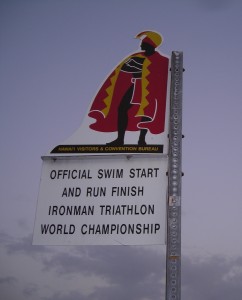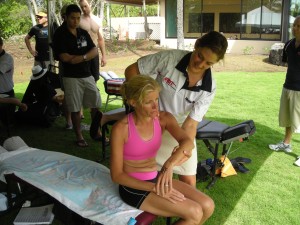I was asked to comment on a piece recently published in the L A Times which noted that cycling, and swimming to some degree, are sports which keep you in shape but are low impact, put little mechanical stress on the skeleton, possible contributing to decreased bone mass. Osteoporosis.
So what is osteoporosis? Essentially it means porous bone, a condition that diminishes bone mass and density. Your bones are not static. They are constantly remodelling related to the stress they undergo. Although we’re used to seeing the sequelae of osteoporosis in the elderly manifesting itself as hip, wrist and spine fractures…why grandma keeps getting shorter…but, in truth, as we age bone formation often doesn’t keep pace with bone loss. In women, this bone loss accelerates after menopause. It’s been noted that in the decade following menopause that women can lose one fifth of their bone density! Definition-wise, osteopenia is diminished bone density, osteoporosis the actual disease state. In osteoporosis, fragility fractures fractures can occur from the simplest of causes, a minor fall, even just sneezing. In fact, I’ve had patients over the years with broken hips certain that the hip “just broke” before they fell. I believe them! Continue reading







